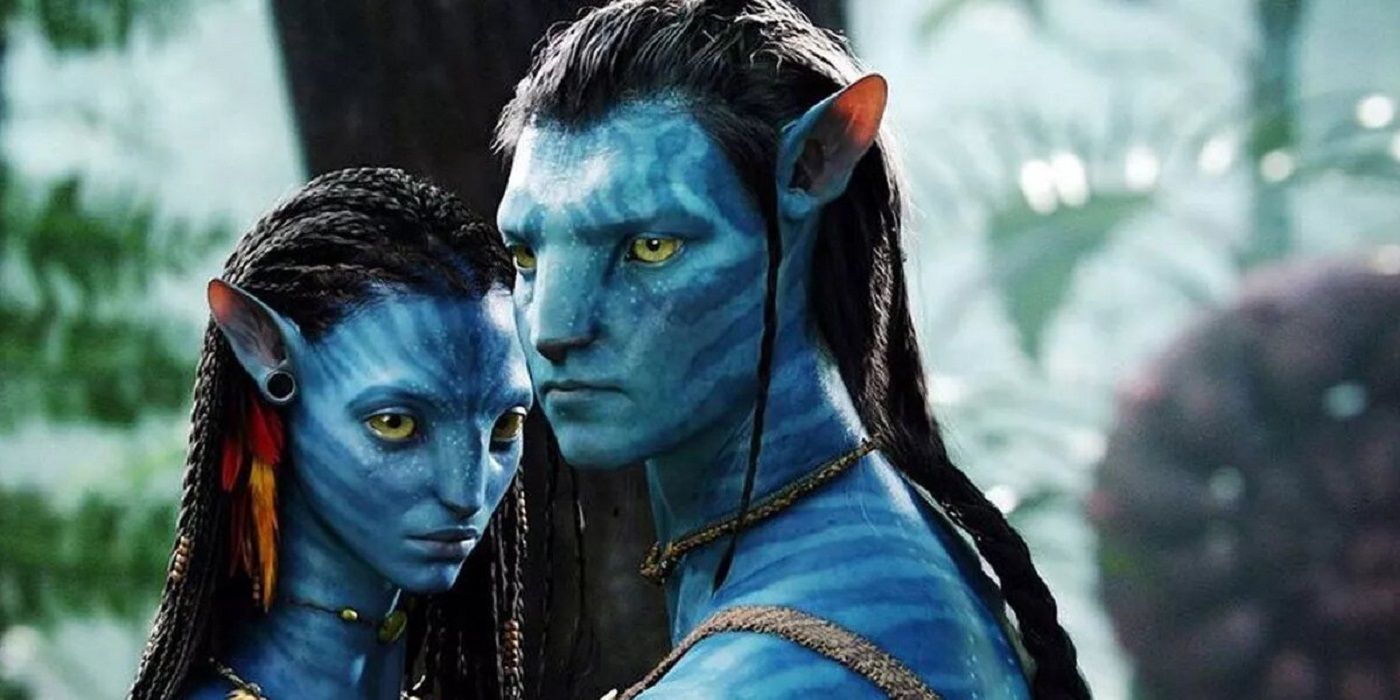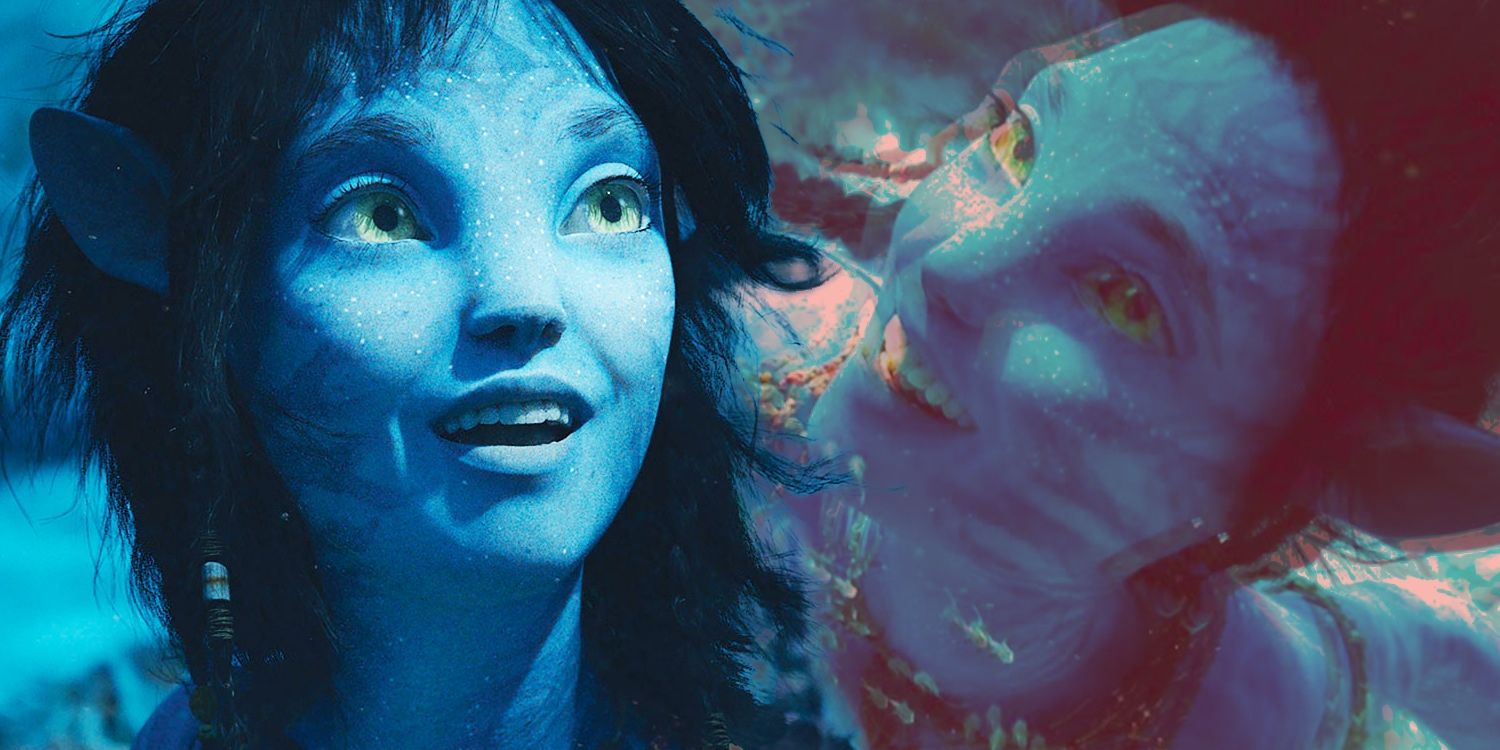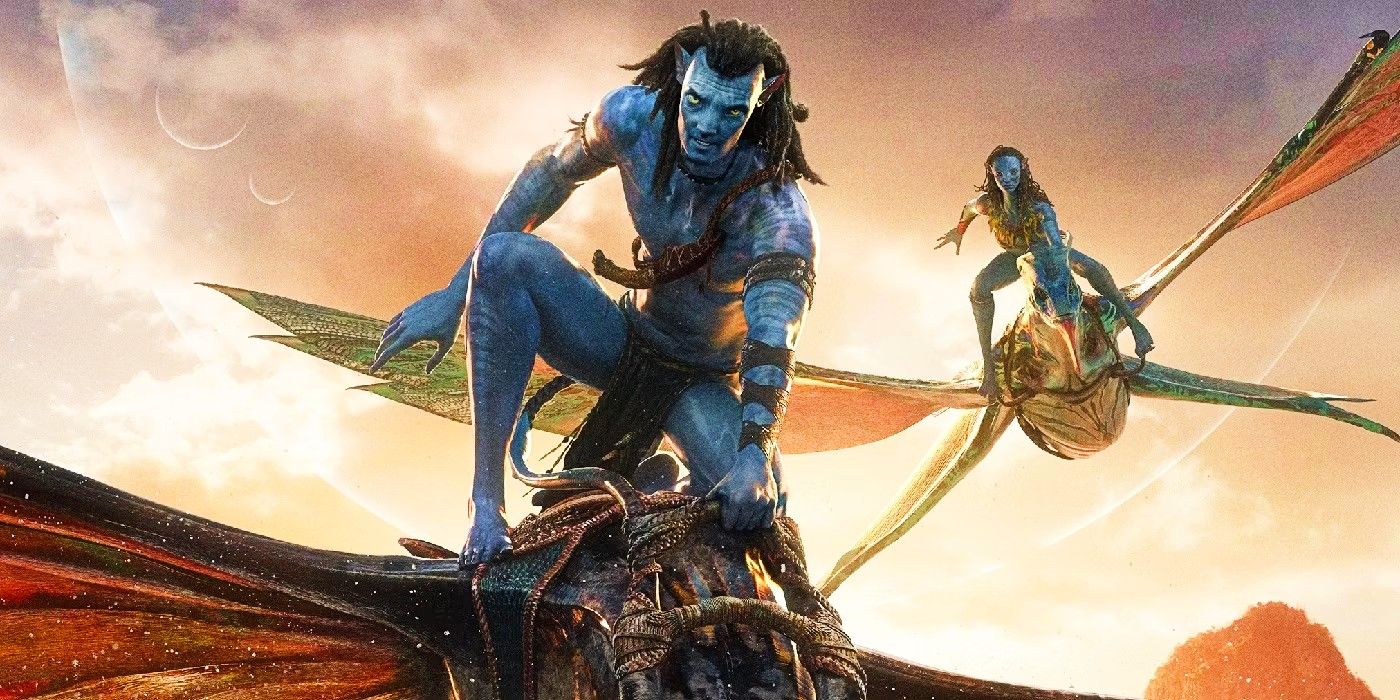Just as James Cameron's first Avatar played a crucial role in the brief golden age that was 3D movies, Avatar: The Way of Water carries the strong potential to usher in a brand-new era of 3D viewing. 13 years later, the long-awaited sequel is incredibly immersive as audiences are transported back to Pandora, an experience that is definitely limited with a regular 2D viewing given Cameron's specific production techniques for the superior 3D experience.With James Cameron having filmed Avatar 2 with 3D in mind, initial rumors for the long-awaited chapter claimed he was looking to have the film released with 3D as the sole viewing format. While that's not the case, it's clear that 3D is still the superior viewing experience. This includes viewing the film in HFR which highlights many of the action and underwater sequences where frame rates have been doubled, providing a smoother and more captivating 3D experience as well. Given that 3D ticket sales have been record-breaking for this new sequel, it's clear that a market still lives for a format that has gradually died ever since the first Avatar's release.
How Avatar 1 Launched A 3D Boom & Why 3D Went Away
Back in 2009, James Cameron's first Avatar film was seen as the herald of a new era, one where 3D would become the norm both in theaters and in the home with a wave of 3D television sets. However, while Cameron produced the first adventure to Pandora with as much passion and intention for 3D filmmaking as this new chapter in 2022, the same can not be said for the multiple studios and manufacturers who scrambled to follow suit in the wake of its massive success. While it should have been obvious, digitally reformatting a film shot in 2D to 3D solely in post-production did not yield the same results.
Essentially, a lack of quality control served as the main culprit along with the core misconception that consumers wanted a 3D experience outside the theater. Few were willing to wear glasses that needed to be recharged in their living rooms, especially if they were trying to multitask or talk to others in the privacy of their own homes. Likewise, the additional cost attached without a consistent improvement of quality quickened the decay of the 3D boom created by Avatar. For the last few years, only blockbusters belonging to the industry's biggest franchises such as the MCU and Star Wars have typically had digitally reformatted 3D offerings (and less than 10% of movie-goers actually partake).
Why Avatar: The Way Of Water Brings Back 3D
The key difference between Avatar: The Way of Water and past 3D offerings is James Cameron's unwavering dedication and passion for the format itself. Using techniques and shooting the sequel natively for 3D (such as having longer sequences with fewer cuts), the results speak for themselves. Beginning with the film's first scenes in the forests with the Omatikaya clan, something as small as floating particles can be viewed in the foreground, bringing viewers into an experience in which they can become immersed, experiencing the breathtaking visuals in a way that feels anything but flat.
Likewise, the new technologies used to bring Avatar 2's underwater sequences to life truly shine with the multiple depths on display. As Jake Sully and Neytiri's kids learn how to become part of the ocean clan known as the Metkayina, the seas of Pandora vibrantly come alive (and couldn't possibly be done justice in the traditional 2D format). Avatar: The Way of Water was clearly primed for 3D at its inception, an experience that is part of its inherent DNA. 3D filmmaking has to be done natively to be successful as Cameron has shown with Avatar 2, rather than the more frequent cost-cutting action of reformatting in post.
Will 3D Movies Become Popular Again?
While it's hard to say if 3D movies will see a resurgence following Avatar: The Way of Water, it's evident that there's still a market for the experience (provided said experience is actually good and worth the extra cost). As confirmed by ticket seller Fandango, the new Avatar sequel has seen the site's largest share of 3D ticket sales since 2015's The Force Awakens, a major testament to its quality as a 3D viewing experience. As such, Avatar: The Way of Water proves that 3D movies can be worthwhile and could even play a major role in the future of cinema going forward. It simply requires a higher level of intention and investment from the studios making the films.





